Gyula Priskin
« The Dendera zodiacs as narratives of the myth of Osiris, Isis, and the child Horus »
ENiM 8, 2015, p. 133-185.
 Ă part les signes clairement identifiables de la bande zodiacale, des quatre constellations conventionnelles Ă©gyptiennes et des planĂštes, les autres dessins des deux zodiaques de Dendera semblent dĂ©river des systĂšmes de reprĂ©sentation traditionnels Ă©gyptiens. Ces reprĂ©sentations avec les figures des dĂ©cans enregistrent des phĂ©nomĂšnes cĂ©lestes et des Ă©vĂ©nements de culte rĂ©fĂ©rant qui racontent lâhistoire de la mort et la rĂ©surrection dâOsiris, la fĂ©condation dâIsis par son mari dĂ©cĂ©dĂ© et la naissance de leur enfant Horus. Ici les aspects astraux des mythes sâattachent aux phases de la lune, au cycle annuel du soleil et au lever hĂ©liaque de Sirius. Ainsi, les zodiaques, ne sont-ils pas des catalogues de constellations, mais des cartes du ciel conçus Ă un moment donnĂ© qui correspond Ă la coĂŻncidence de la pleine lune et de lâĂ©quinoxe dâautomne en 52 av. J.-C. et en 36 apr. J.-C.
Ă part les signes clairement identifiables de la bande zodiacale, des quatre constellations conventionnelles Ă©gyptiennes et des planĂštes, les autres dessins des deux zodiaques de Dendera semblent dĂ©river des systĂšmes de reprĂ©sentation traditionnels Ă©gyptiens. Ces reprĂ©sentations avec les figures des dĂ©cans enregistrent des phĂ©nomĂšnes cĂ©lestes et des Ă©vĂ©nements de culte rĂ©fĂ©rant qui racontent lâhistoire de la mort et la rĂ©surrection dâOsiris, la fĂ©condation dâIsis par son mari dĂ©cĂ©dĂ© et la naissance de leur enfant Horus. Ici les aspects astraux des mythes sâattachent aux phases de la lune, au cycle annuel du soleil et au lever hĂ©liaque de Sirius. Ainsi, les zodiaques, ne sont-ils pas des catalogues de constellations, mais des cartes du ciel conçus Ă un moment donnĂ© qui correspond Ă la coĂŻncidence de la pleine lune et de lâĂ©quinoxe dâautomne en 52 av. J.-C. et en 36 apr. J.-C.
 Besides the unambiguously identifiable depictions of the zodiacal belt, four conventional Egyptian asterisms, and the planets, the other signs that feature in the two Dendera zodiacs are shown to derive from traditional Egyptian representational systems. These images, together with the accompanying figures of the decans, are incorporated into the design of the monuments to record celestial events and related cultic acts that tell the story of Osirisâs death and resurrection, the conception of Isis from her deceased husband, and the nativity of their child, Horus. The astral aspects of these myths are connected with the phases of the moon, the yearly solar cycle, and the annual dawn rising of the star Sirius. The zodiacs are thus not catalogues of constellations but peculiar sky charts devised at specific moments of time that correspond to the coincidence of the full moon with the autumnal equinox in the years 52 BCE and 36 CE.
Besides the unambiguously identifiable depictions of the zodiacal belt, four conventional Egyptian asterisms, and the planets, the other signs that feature in the two Dendera zodiacs are shown to derive from traditional Egyptian representational systems. These images, together with the accompanying figures of the decans, are incorporated into the design of the monuments to record celestial events and related cultic acts that tell the story of Osirisâs death and resurrection, the conception of Isis from her deceased husband, and the nativity of their child, Horus. The astral aspects of these myths are connected with the phases of the moon, the yearly solar cycle, and the annual dawn rising of the star Sirius. The zodiacs are thus not catalogues of constellations but peculiar sky charts devised at specific moments of time that correspond to the coincidence of the full moon with the autumnal equinox in the years 52 BCE and 36 CE.
 Consulter cet article (66416) -
Consulter cet article (66416) -  Télécharger cet article au format pdf (26352)
Télécharger cet article au format pdf (26352)
« The Astral Myth of Osiris: the Decans of Taurus and Libra »
ENiM 9, 2016, p. 79-111.
 Les diffĂ©rentes formes des deux premiers dĂ©cans qui appartiennent au signe de Taureau dans les zodiaques grĂ©co-romains â femme agenouillĂ©e, cochon, Osiris mort couchant dans un bateau, yeux â renvoient Ă la pleine lune au premier mois de Chemou ainsi quâaux Ă©vĂ©nements cultuels et mythiques qui sây rapportent. Cette coĂŻncidence sâexplique par le fait que le premier mois de Chemou et le sĂ©jour annuel du soleil dans le signe Taureau se superposent au dĂ©but de lâĂre commune. Les dĂ©cans montrant Osiris et les yeux dans le bateau et appartenant au Taureau proviennent Ă©galement des diagrammes astronomiques du Nouvel Empire, qui reprĂ©sentaient aussi un bateau sous le dĂ©can ?r.j-jb-wj? « le milieu du bateau ». Plus tard, ce dĂ©can sera rangĂ© avec le signe de la Balance. Lâanalyse des symboles du dĂ©can dans le diagramme astronomique de RamessĂ©um et dans le zodiaque circulaire de Dendera dĂ©montre, en dĂ©couvrant les couches de significations multiples se rapportant aux images, que la constellation Ă©gyptienne du Bateau Ă©tait identique aux trois Ă©toiles les plus brillantes du signe actuel de la Balance (?, ?, et ? Librae, le dĂ©can ?r.j-jb-wj? Ă©tant lâĂ©toile au milieu, ? Librae). Ce bateau observĂ© dans le ciel jouait un rĂŽle important dans les cosmographies Ă©gyptiennes et dans le mythe astral dâOsiris, car, presque tout au long de lâhistoire de lâĂgypte ancienne, il se situait non loin du point dâĂ©quinoxe dâautomne.
Les diffĂ©rentes formes des deux premiers dĂ©cans qui appartiennent au signe de Taureau dans les zodiaques grĂ©co-romains â femme agenouillĂ©e, cochon, Osiris mort couchant dans un bateau, yeux â renvoient Ă la pleine lune au premier mois de Chemou ainsi quâaux Ă©vĂ©nements cultuels et mythiques qui sây rapportent. Cette coĂŻncidence sâexplique par le fait que le premier mois de Chemou et le sĂ©jour annuel du soleil dans le signe Taureau se superposent au dĂ©but de lâĂre commune. Les dĂ©cans montrant Osiris et les yeux dans le bateau et appartenant au Taureau proviennent Ă©galement des diagrammes astronomiques du Nouvel Empire, qui reprĂ©sentaient aussi un bateau sous le dĂ©can ?r.j-jb-wj? « le milieu du bateau ». Plus tard, ce dĂ©can sera rangĂ© avec le signe de la Balance. Lâanalyse des symboles du dĂ©can dans le diagramme astronomique de RamessĂ©um et dans le zodiaque circulaire de Dendera dĂ©montre, en dĂ©couvrant les couches de significations multiples se rapportant aux images, que la constellation Ă©gyptienne du Bateau Ă©tait identique aux trois Ă©toiles les plus brillantes du signe actuel de la Balance (?, ?, et ? Librae, le dĂ©can ?r.j-jb-wj? Ă©tant lâĂ©toile au milieu, ? Librae). Ce bateau observĂ© dans le ciel jouait un rĂŽle important dans les cosmographies Ă©gyptiennes et dans le mythe astral dâOsiris, car, presque tout au long de lâhistoire de lâĂgypte ancienne, il se situait non loin du point dâĂ©quinoxe dâautomne.
 The different forms of the first two decans that belong to the sign of Taurus in the Graeco-Roman zodiacs â a kneeling woman, a pig, the dead Osiris lying in a boat, and a pair of eyes â are shown to refer to the full moon in the month I Shemu, and the cultic and mythological connotations of this event. The basis of this connection was the fact that I Shemu overlapped with the sunâs annual stay in Taurus around the beginning of the Common Era. The Taurus decans showing Osiris and the pair of eyes in the barque derive from the New Kingdom astronomical diagrams which depicted a boat under the decan called ?r.j-jb-wj? âthe middle of the boatâ. In the later zodiacs the same decan belongs to the sign of Libra. The analysis of the symbols of this decan in the astronomical diagram of the Ramesseum and in the round zodiac of Dendera, unveiling the multiple layers of signification that have been attached to them, reveals that the Egyptian constellation of the boat was identical with the three brighest stars of the modern constellation of Libra (?, ?, and ? Librae, the ?r.j-jb-wj? decan being the star in the middle, ? Librae). This boat in the sky played a crucial role in Egyptian cosmographies and the astral myth of Osiris because of its closeness to the autumnal equinoctial point throughout much of ancient Egyptian history.
The different forms of the first two decans that belong to the sign of Taurus in the Graeco-Roman zodiacs â a kneeling woman, a pig, the dead Osiris lying in a boat, and a pair of eyes â are shown to refer to the full moon in the month I Shemu, and the cultic and mythological connotations of this event. The basis of this connection was the fact that I Shemu overlapped with the sunâs annual stay in Taurus around the beginning of the Common Era. The Taurus decans showing Osiris and the pair of eyes in the barque derive from the New Kingdom astronomical diagrams which depicted a boat under the decan called ?r.j-jb-wj? âthe middle of the boatâ. In the later zodiacs the same decan belongs to the sign of Libra. The analysis of the symbols of this decan in the astronomical diagram of the Ramesseum and in the round zodiac of Dendera, unveiling the multiple layers of signification that have been attached to them, reveals that the Egyptian constellation of the boat was identical with the three brighest stars of the modern constellation of Libra (?, ?, and ? Librae, the ?r.j-jb-wj? decan being the star in the middle, ? Librae). This boat in the sky played a crucial role in Egyptian cosmographies and the astral myth of Osiris because of its closeness to the autumnal equinoctial point throughout much of ancient Egyptian history.
 Consulter cet article (56094) -
Consulter cet article (56094) -  Télécharger cet article au format pdf (25537)
Télécharger cet article au format pdf (25537)
« The Constellations of the Egyptian Astronomical Diagrams »
ENiM 12, 2019, p. 137-180.
 La reprĂ©sentation de la maniĂšre dont les Anciens Ăgyptiens voyaient le ciel transparaĂźt dans les tableaux astronomiques figurĂ©s dans des tombeaux, des temples funĂ©raires, des clepsydres et des cercueils. Les dessins des constellations Ă©taient un Ă©lĂ©ment important de ce catalogue â qui consigne des informations aussi bien Ă©crites quâiconiques â des phĂ©nomĂšnes cĂ©lestes. Ces dessins se prĂ©sentent en deux groupes, sur les panneaux borĂ©aux et mĂ©ridionaux des tableaux astronomiques. Il existait deux traditions diffĂ©rentes se rapportant aux constellations septentrionales reprĂ©sentĂ©es par des tableaux astronomiques dans les tombeaux de Senenmout et de SĂ©thi Ier. Ă partir de lâanalyse de lâemplacement des figurations de constellations se trouvant dans ces documents et de la vĂ©rification approfondie de la vaste collection des sources concernant le sujet â fondĂ© sur le principe des ressemblances iconiques et Ă lâaide du logiciel planetarium â, cet essai identifie les motifs stellaires dâoĂč proviennent les constellations de lâAncienne Ăgypte.
La reprĂ©sentation de la maniĂšre dont les Anciens Ăgyptiens voyaient le ciel transparaĂźt dans les tableaux astronomiques figurĂ©s dans des tombeaux, des temples funĂ©raires, des clepsydres et des cercueils. Les dessins des constellations Ă©taient un Ă©lĂ©ment important de ce catalogue â qui consigne des informations aussi bien Ă©crites quâiconiques â des phĂ©nomĂšnes cĂ©lestes. Ces dessins se prĂ©sentent en deux groupes, sur les panneaux borĂ©aux et mĂ©ridionaux des tableaux astronomiques. Il existait deux traditions diffĂ©rentes se rapportant aux constellations septentrionales reprĂ©sentĂ©es par des tableaux astronomiques dans les tombeaux de Senenmout et de SĂ©thi Ier. Ă partir de lâanalyse de lâemplacement des figurations de constellations se trouvant dans ces documents et de la vĂ©rification approfondie de la vaste collection des sources concernant le sujet â fondĂ© sur le principe des ressemblances iconiques et Ă lâaide du logiciel planetarium â, cet essai identifie les motifs stellaires dâoĂč proviennent les constellations de lâAncienne Ăgypte.
 Representations of how the ancient Egyptians saw the sky have come down to us in the form of astronomical diagrams that are known from tombs, memorial temples, water clocks, and coffins. An emphatic element of these catalogues of celestial phenomena, comprising both textual and visual information, was the drawings of constellations. They appeared in two groups in the southern and northern panels of the astronomical diagrams. Two different strands of tradition existed about the northern constellations, exemplified by the astronomical diagrams in the tombs of Senenmut and Seti I. Based on the analysis of the arrangement of the constellation figures within these documents, and through the examination of a wide range of relevant sources, the paper â using the principle of visual resemblance and the help of planetarium software â identifies the star patterns in the sky from which the ancient Egyptian constellations were derived.
Representations of how the ancient Egyptians saw the sky have come down to us in the form of astronomical diagrams that are known from tombs, memorial temples, water clocks, and coffins. An emphatic element of these catalogues of celestial phenomena, comprising both textual and visual information, was the drawings of constellations. They appeared in two groups in the southern and northern panels of the astronomical diagrams. Two different strands of tradition existed about the northern constellations, exemplified by the astronomical diagrams in the tombs of Senenmut and Seti I. Based on the analysis of the arrangement of the constellation figures within these documents, and through the examination of a wide range of relevant sources, the paper â using the principle of visual resemblance and the help of planetarium software â identifies the star patterns in the sky from which the ancient Egyptian constellations were derived.
 Consulter cet article (47921) -
Consulter cet article (47921) -  Télécharger cet article au format pdf (22017)
Télécharger cet article au format pdf (22017)
ENiM 18 - 2025
6 article(s) - 1 septembre 2025.
ENiM 1 à 18 (2008-2025) : 225 articles
4 965 308 téléchargements
9 971 525 consulations.
Index des auteurs

Mots clés

Derniers articles : 
Robert Steven Bianchi
Duplication and Continuity
(ENiM 18, p. 13-36 — 11 mars 2025) 
CENiM - Mise en ligne des volumes Ă©puisĂ©s : 
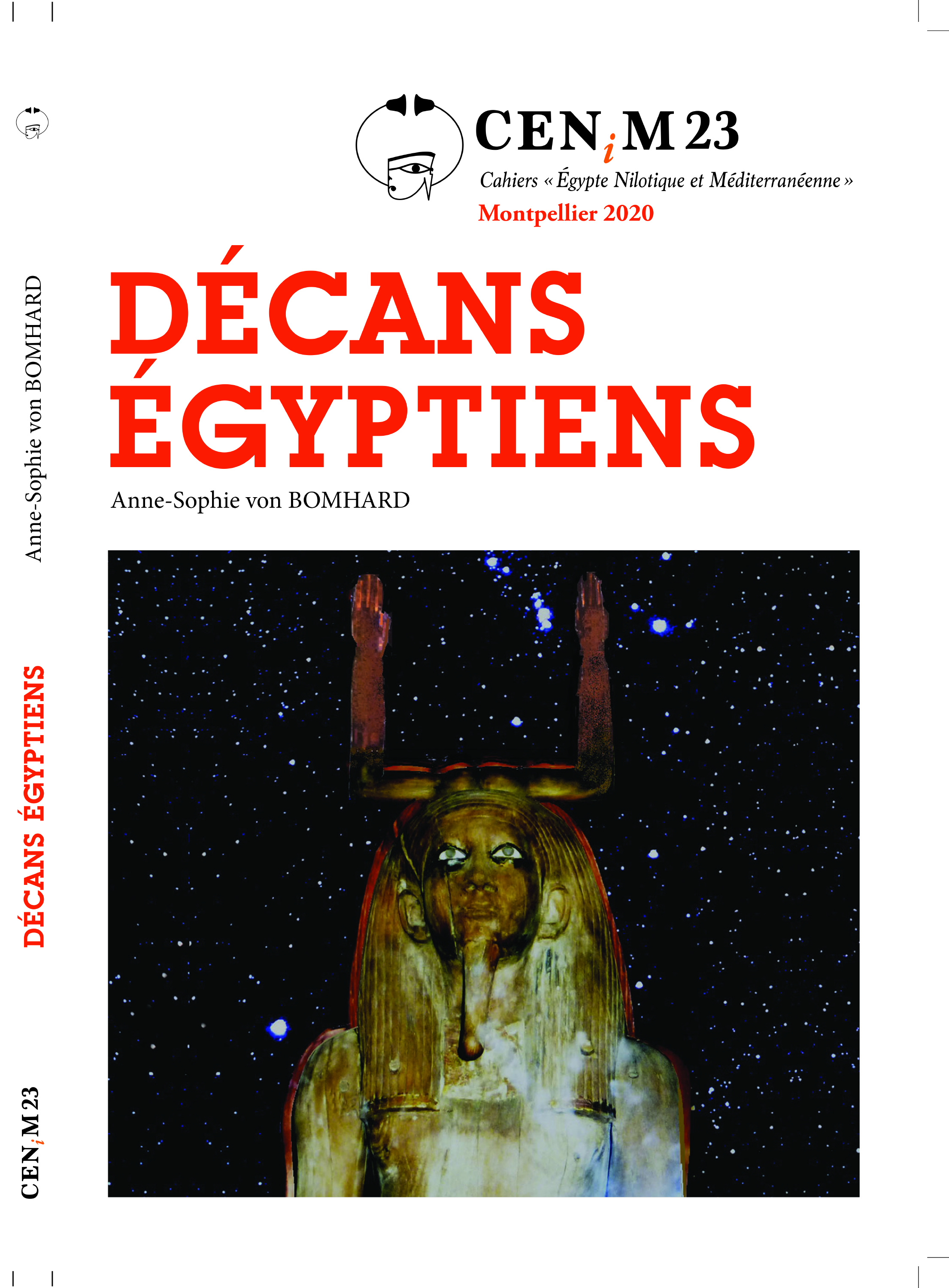 Anne-Sophie von BOMHARD DĂ©cans Ă©gyptiens, CENiM 23, Montpellier, 2020 — (2020)
Anne-Sophie von BOMHARD DĂ©cans Ă©gyptiens, CENiM 23, Montpellier, 2020 — (2020) 
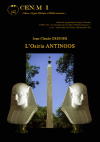 Jean-Claude Grenier L'Osiris ANTINOOS, CENiM 1, Montpellier, 2008 — (26 dĂ©cembre 2008)
Jean-Claude Grenier L'Osiris ANTINOOS, CENiM 1, Montpellier, 2008 — (26 dĂ©cembre 2008) 
TDENiM - Mise en ligne des volumes Ă©puisĂ©s : 
 Twitter
Twitter 3999454 visites - 7478 visite(s) aujourd’hui - 321 connecté(s)
© ENiM - Une revue d’égyptologie sur internet
Équipe Égypte Nilotique et Méditerranéenne - UMR 5140 - « Archéologie des Sociétés Méditerranéennes » (Cnrs) - Université Paul Valéry - Montpellier III
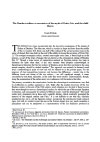
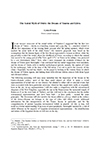
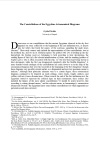
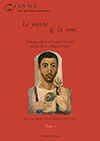
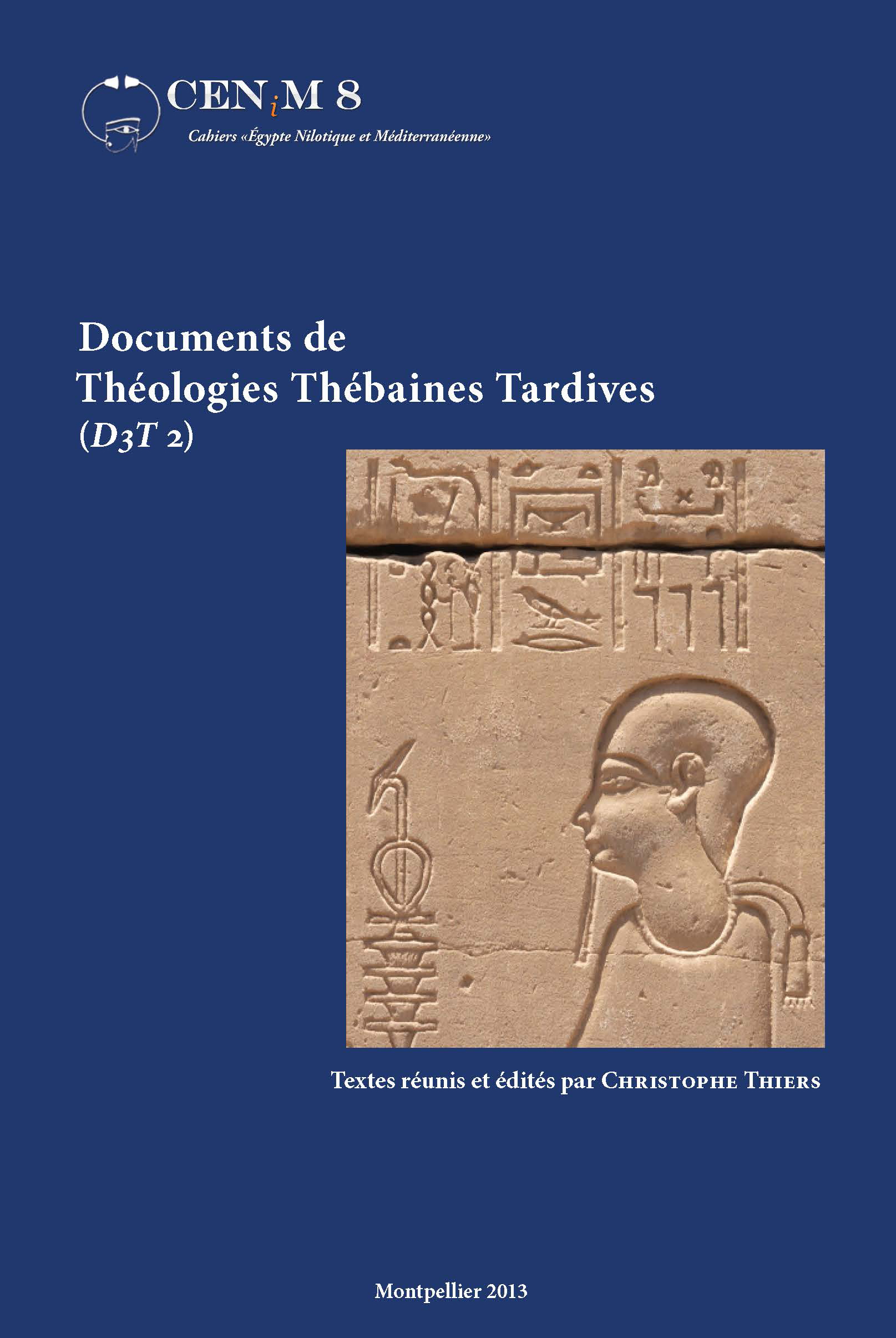
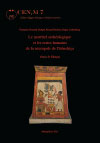
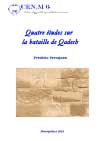
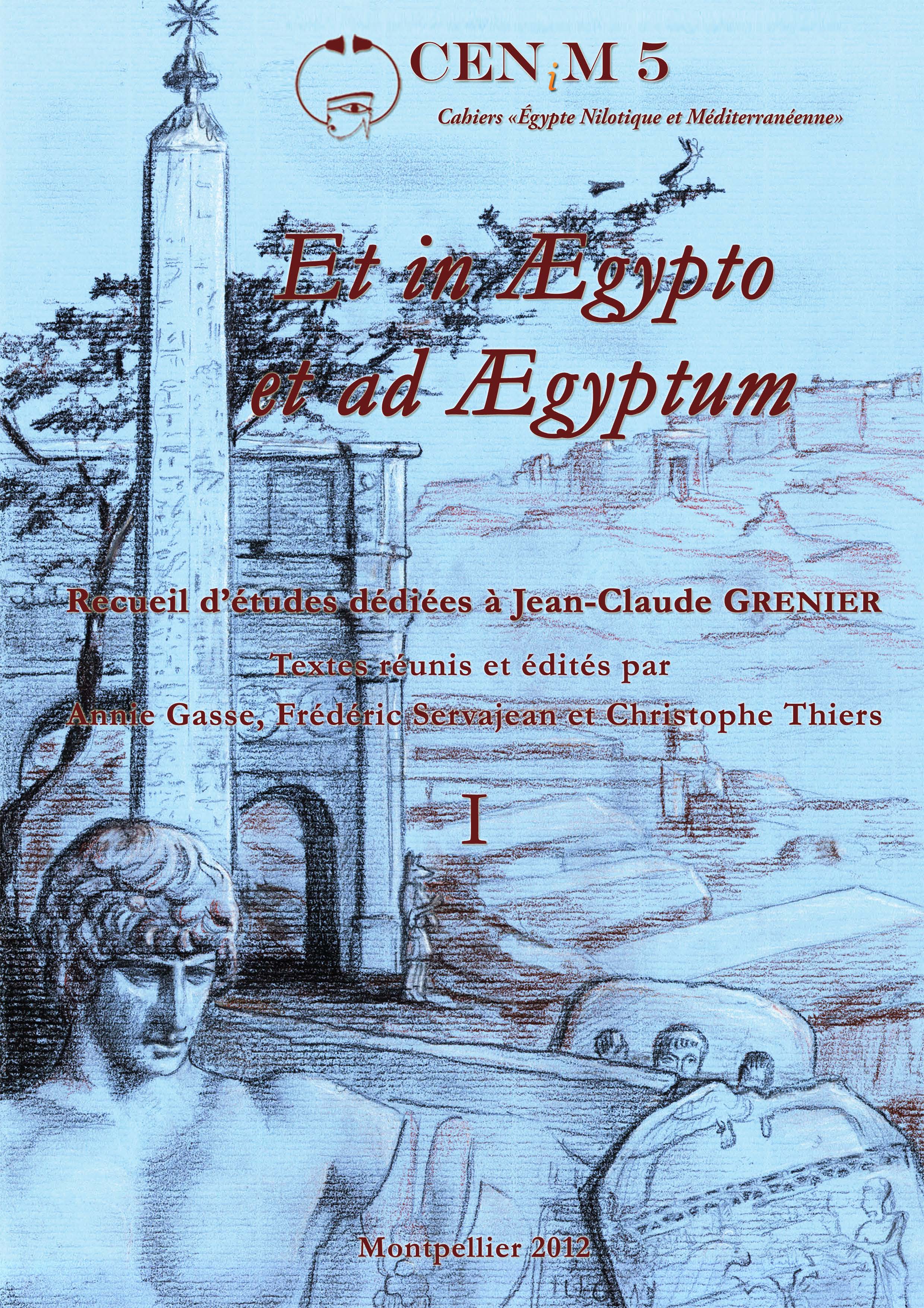
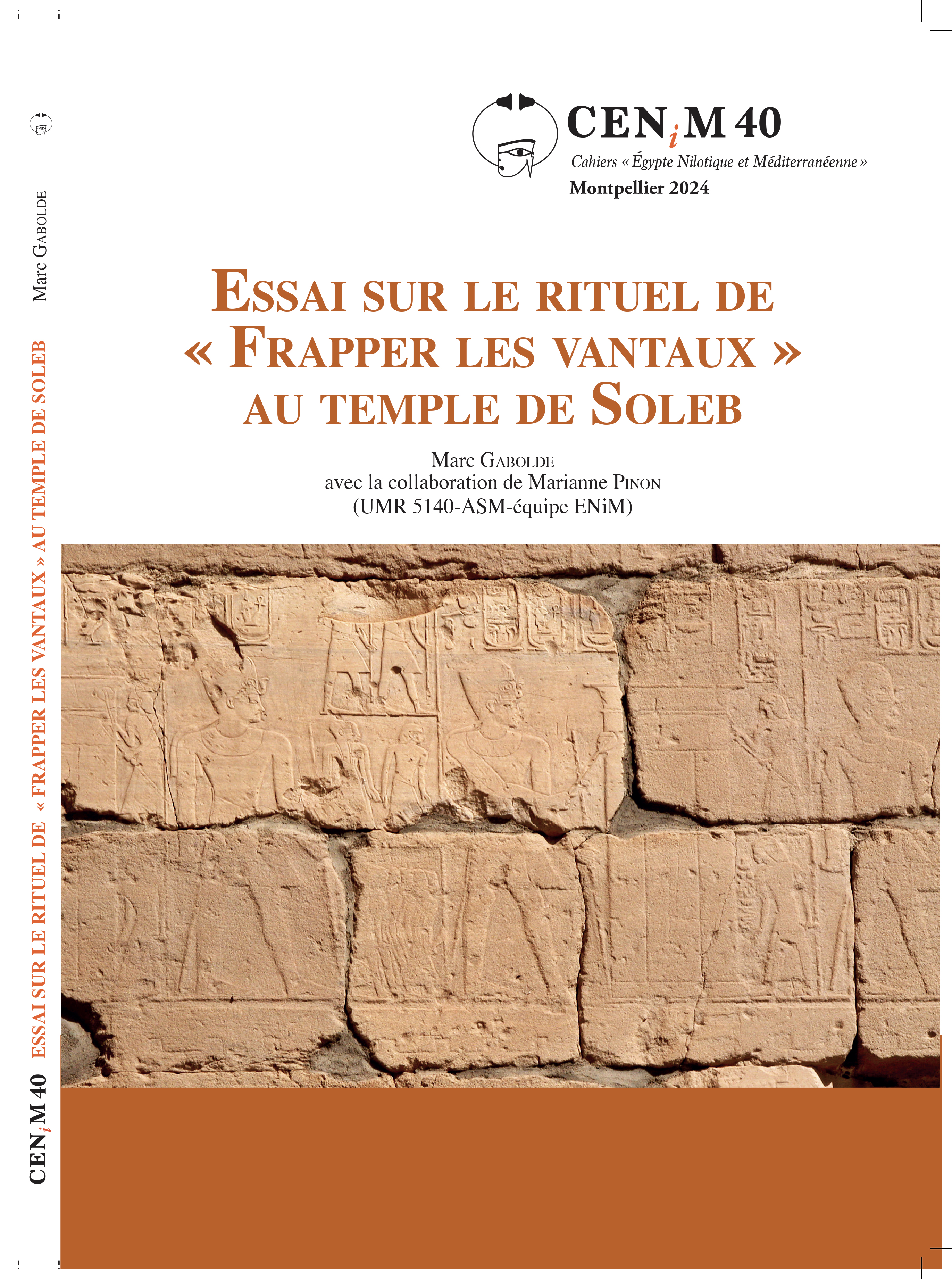
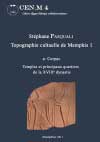
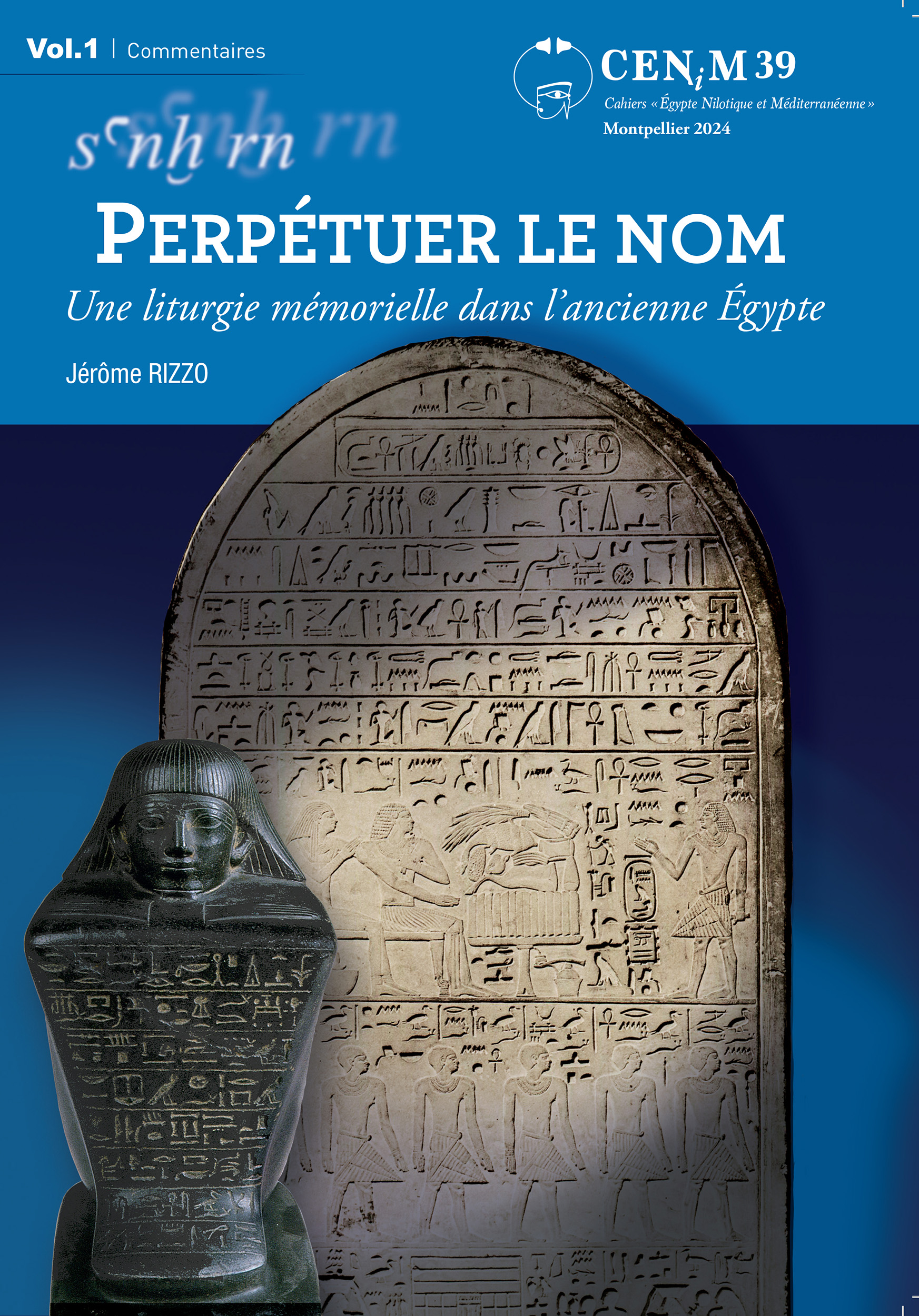
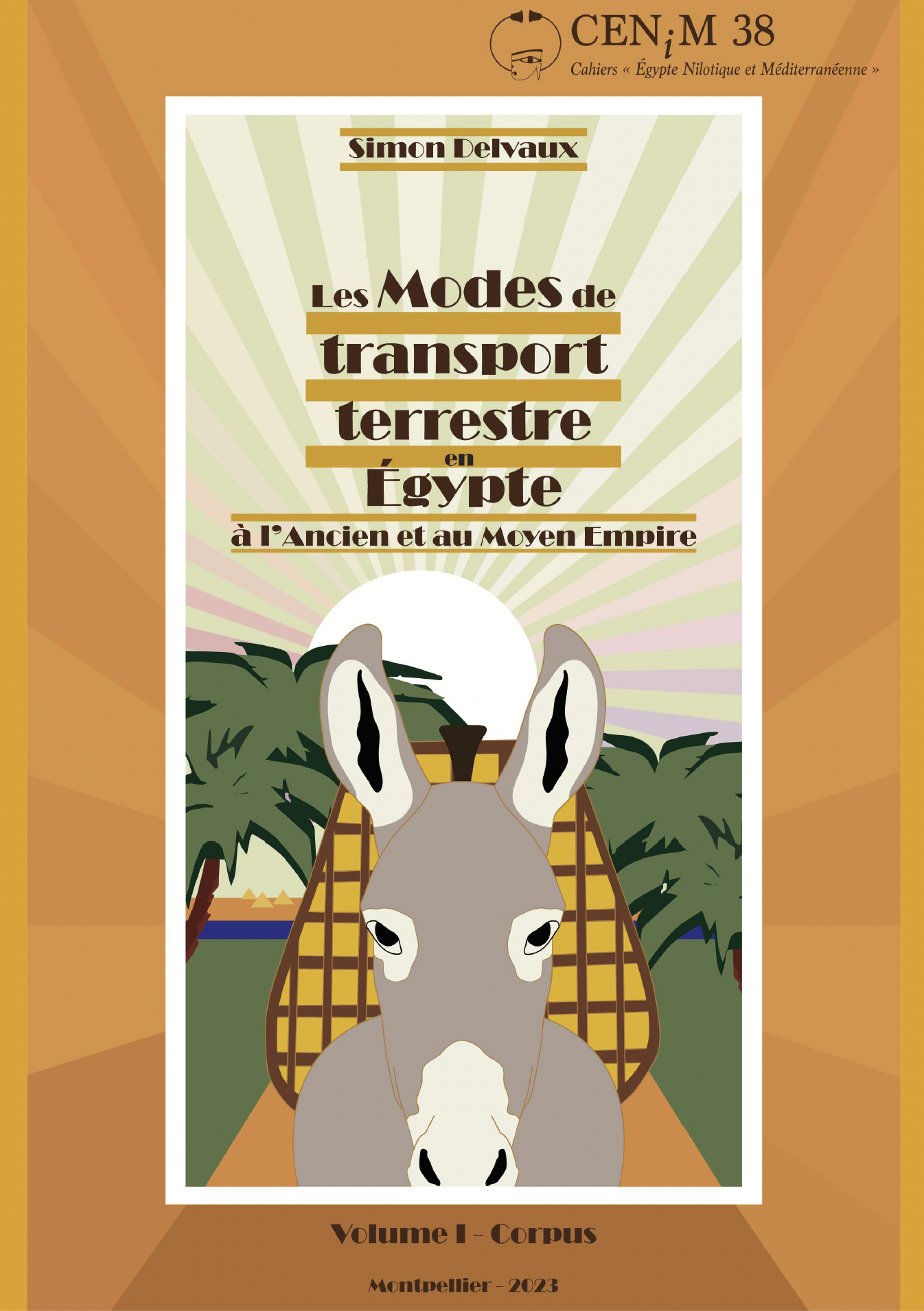
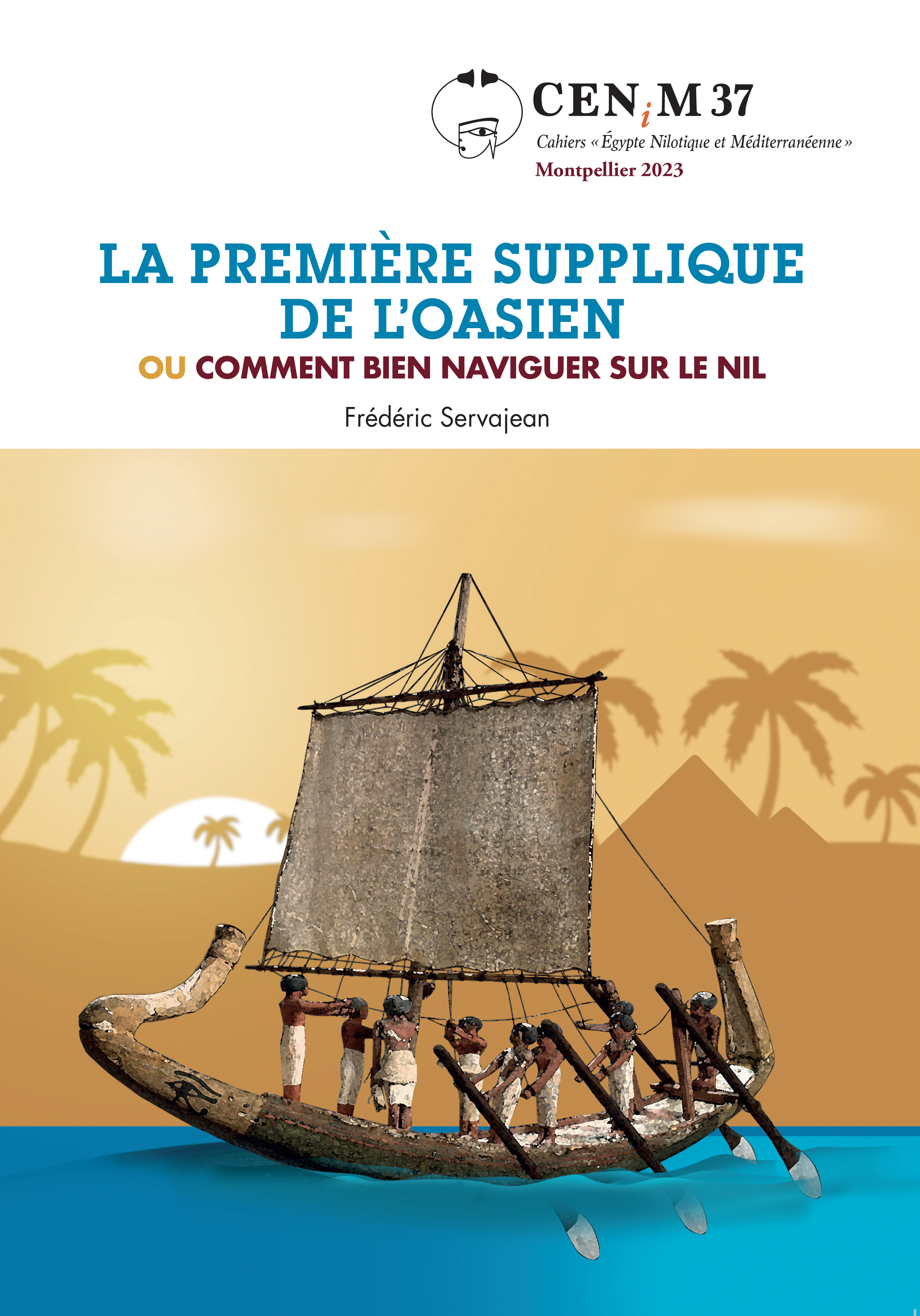
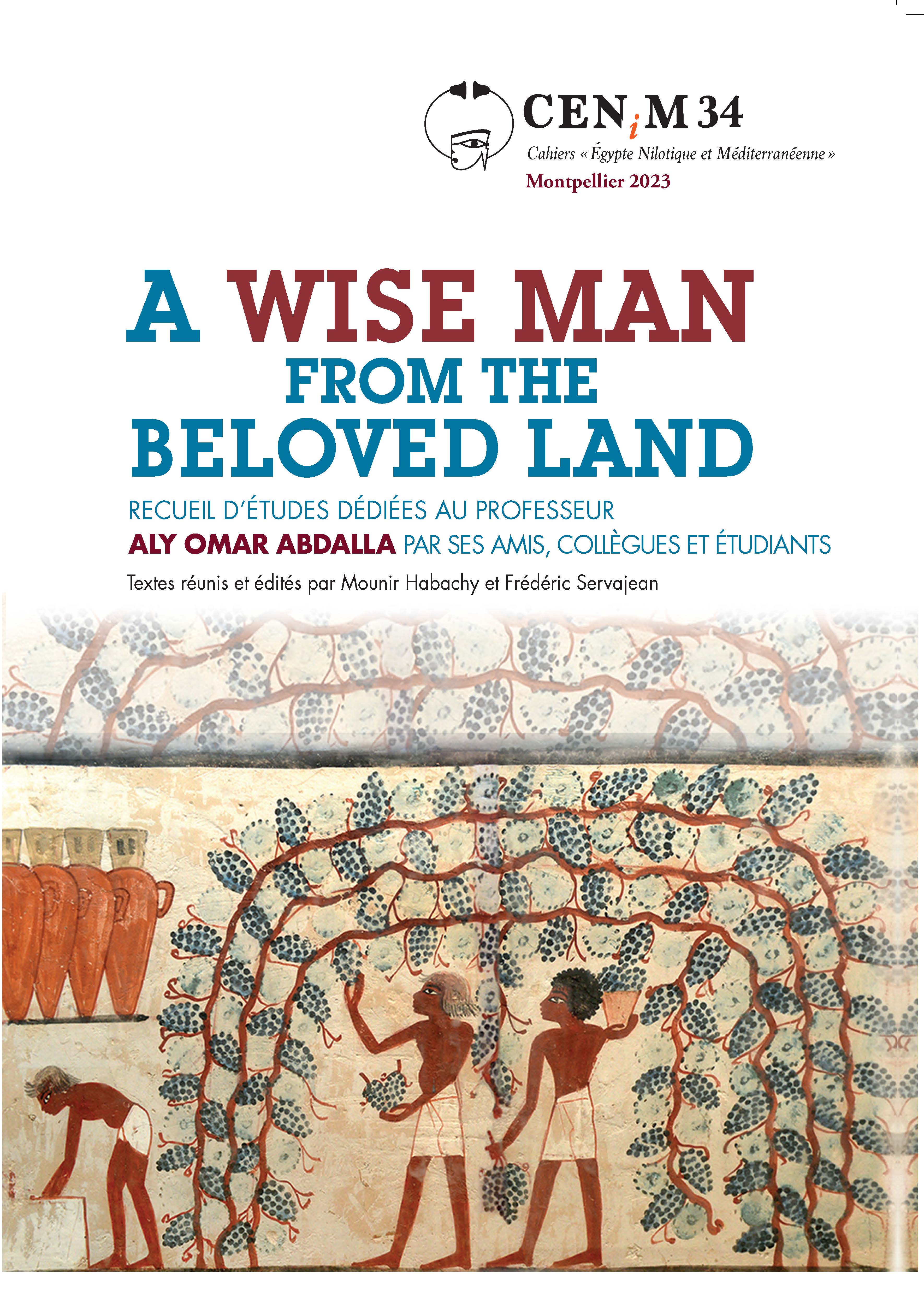


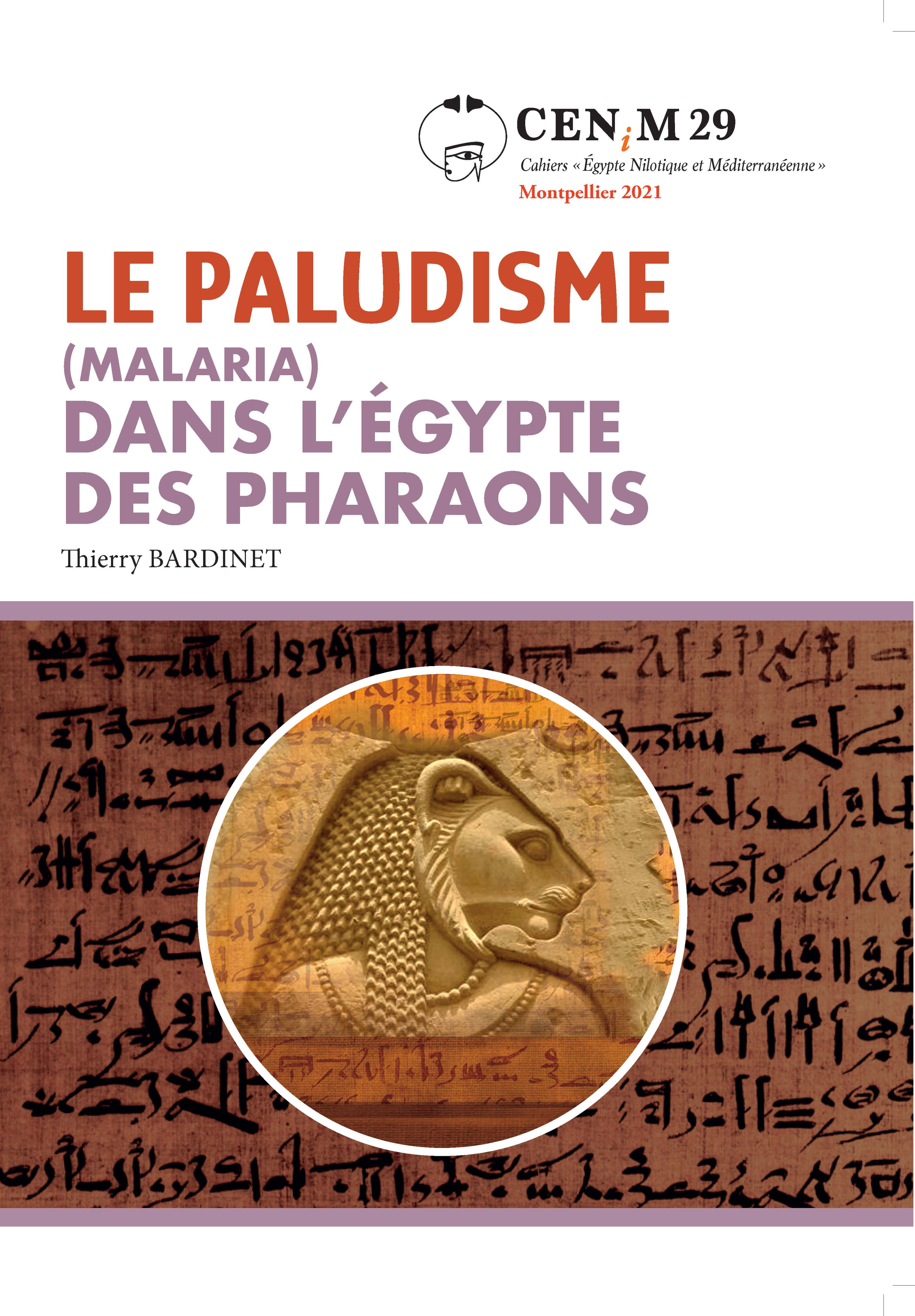
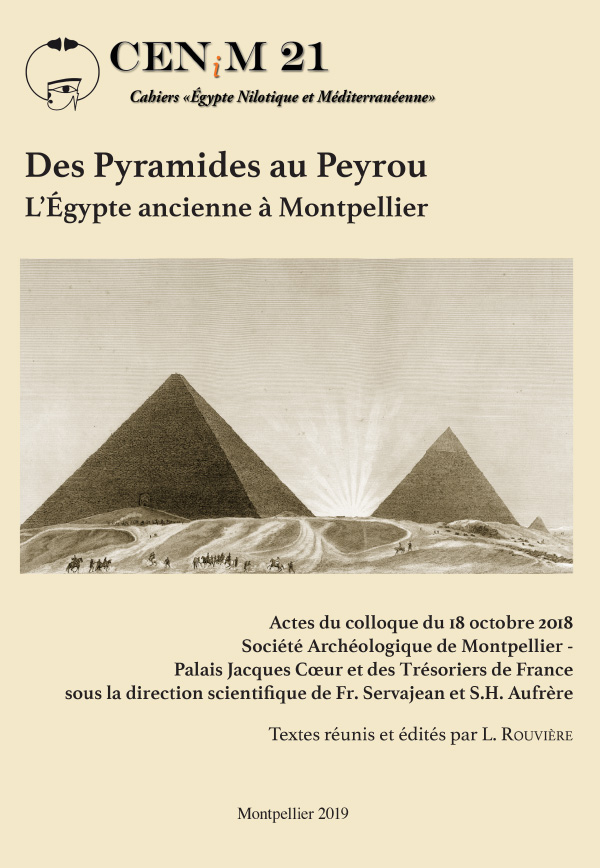

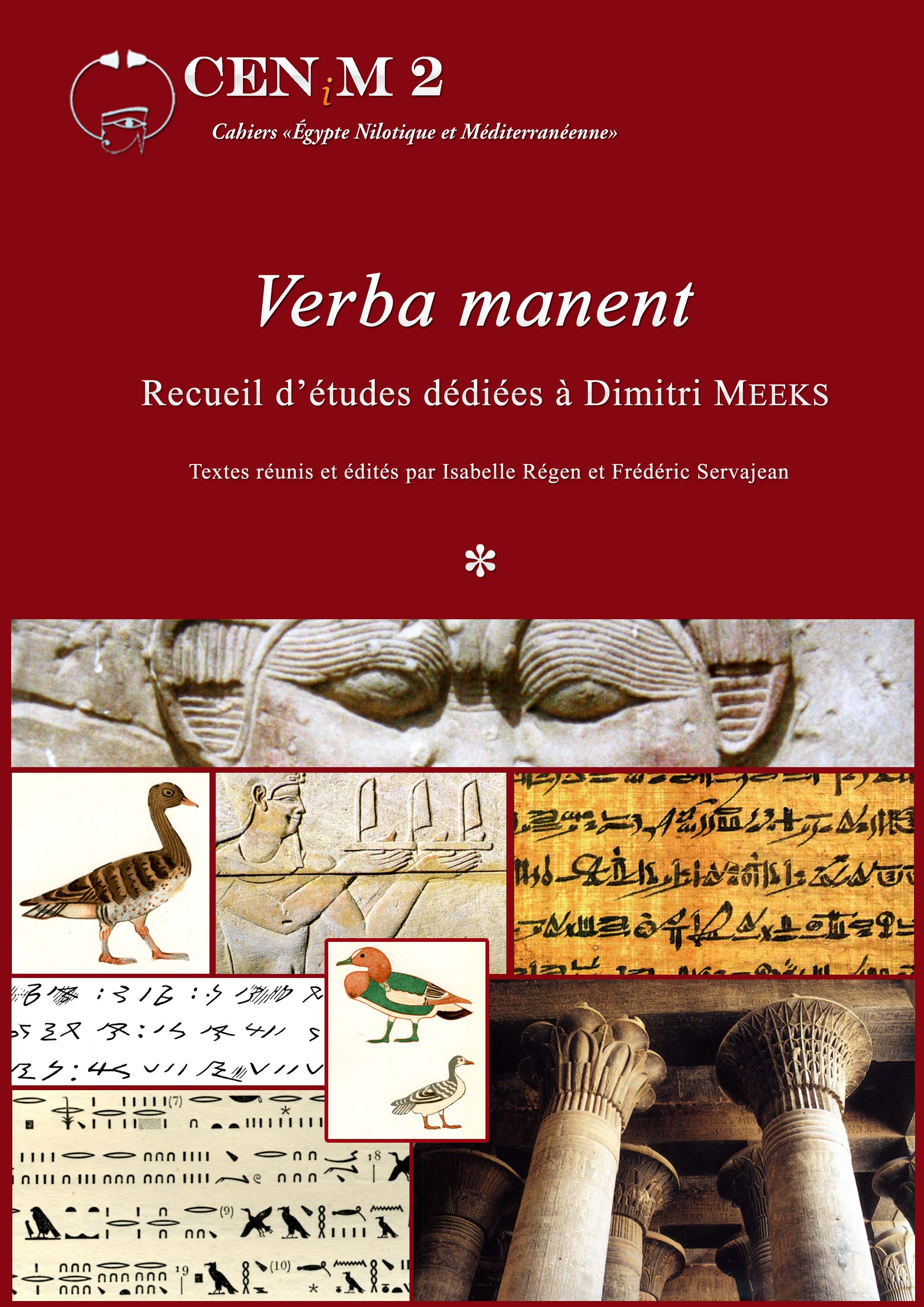
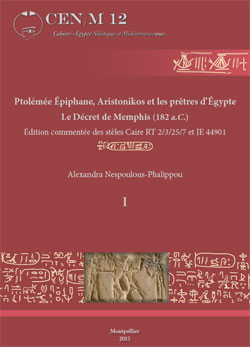
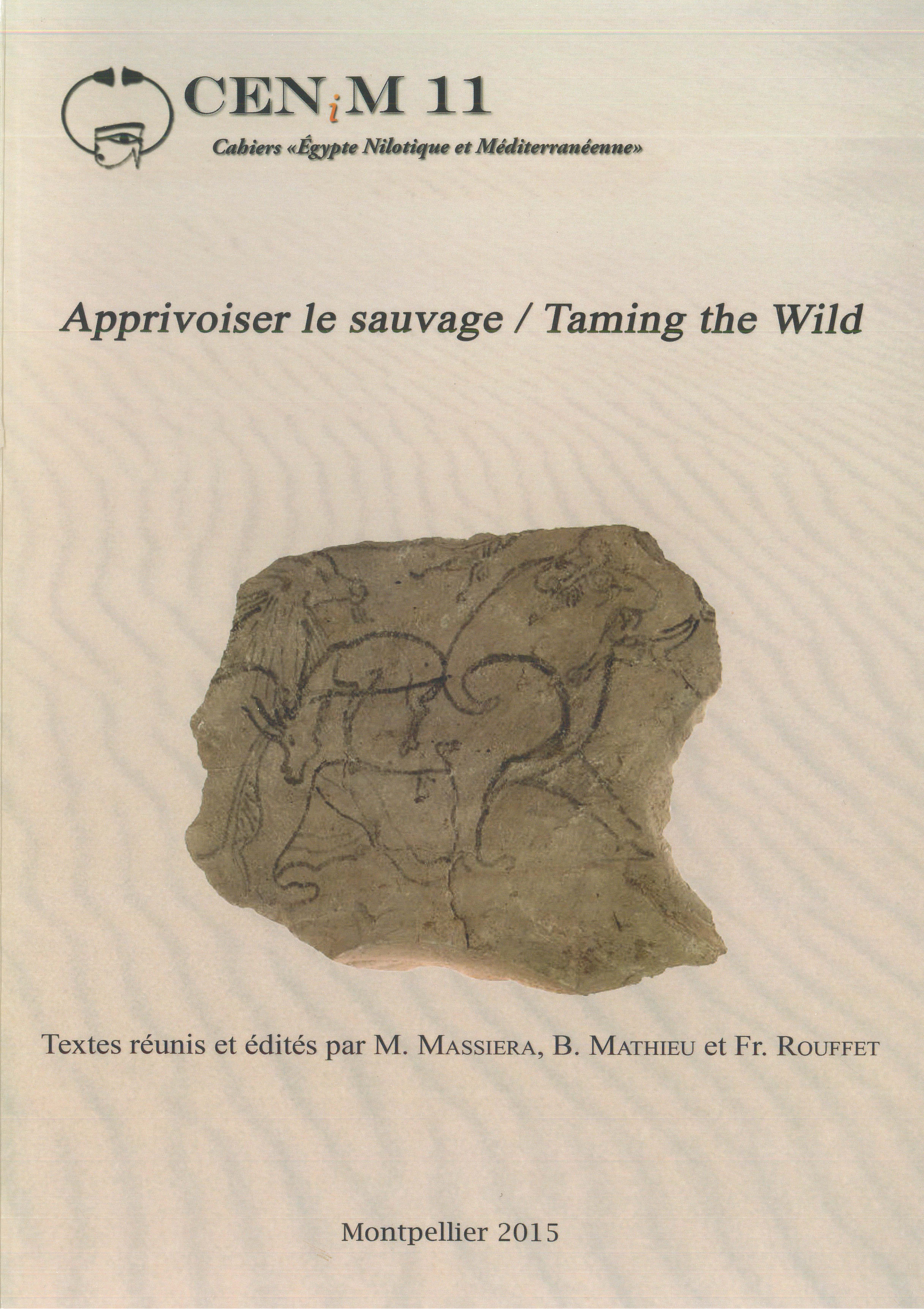
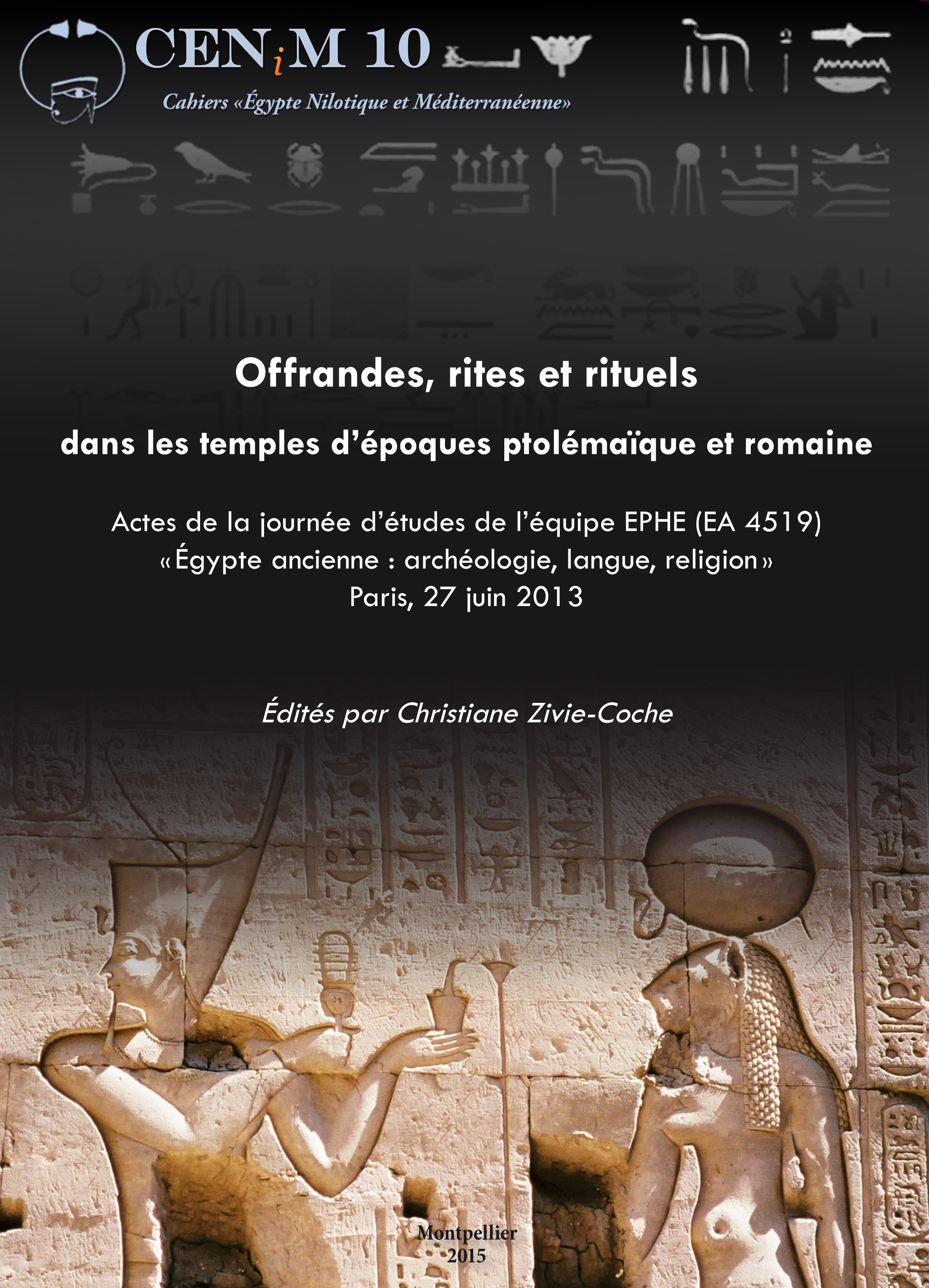

 Contact
Contact
 Abonnez-vous !
Abonnez-vous ! Équipe Égypte Nilotique et Méditerranéenne
Équipe Égypte Nilotique et Méditerranéenne UMR 5140 « Archéologie des Sociétés Méditerranéennes » (Cnrs)
UMR 5140 « Archéologie des Sociétés Méditerranéennes » (Cnrs) Université Paul Valéry - Montpellier III
Université Paul Valéry - Montpellier III